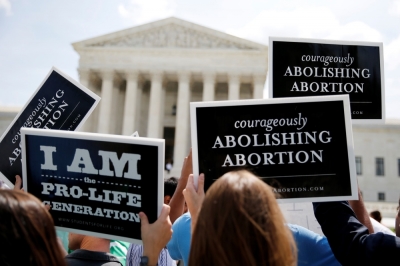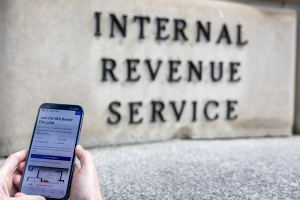Guttmacher report shows pro-life progress continues as US abortion rates decline

On Tuesday, the Guttmacher Institute released a report which included updated abortion data from the year 2017. This new Guttmacher data provides further evidence that America’s abortion rate continues its steady decline. Between 2011 and 2017, the U.S. abortion rate fell by approximately 20 percent. The long-term decline is even more impressive. Since peaking in 1980, the U.S. abortion rate has fallen by over 53 percent and is now lower than what it was in 1973 — the year of the Roe v. Wade decision. Furthermore, the decline is fairly widespread. Between 2011 and 2017, the Guttmacher Institute report indicates that the abortion rate fell in 45 of the 50 U.S. states. Good news!
In their report, Guttmacher acknowledges that increased health and safety standards for abortion facilities are correlated with abortion rate declines in some states. However, they take considerable pains to argue that other pro-life policies have had little do to with the overall decline. In particular, they argue that pro-life laws, shifts in public opinion, and reductions in sexual activity have only had a marginal impact on the U.S. abortion rate. Unsurprisingly, many mainstream media outlets have uncritically parroted Guttmacher’s spin. That said the main problem with Guttmacher’s analysis is they only consider data between 2011 and 2017 — a relatively short period of time. When one considers the fact that the U.S. abortion rate is less than half of what it was in 1980 — it is evident that the efforts of pro-lifers are having a significant impact.
When I give talks to pro-life audiences, I remind that there has been a durable, long term increase in the percentage of unintended pregnancies that are carried to term since the early 1980s. This fact reveals the success that the pro-life movement has had in working to shift public opinion, to better assist pregnant women and their families, and to pass protective laws. Indeed, since the mid-1990s, Gallup surveys show a significant increase in the percentage of individuals identifying as “pro-life.” Data from the General Social Survey show increasing opposition to abortion among young adults. Heartbeat International’s data shows that number of organizations offering assistance to pregnant women increased by 86 percent between 1988 and 2015. Furthermore, a body of academic research shows a range of pro-life laws, including limiting public funding of abortion and abortion businesses, parental involvement laws, and properly designed informed consent laws to ensure mothers have all of the information they need, all lower abortion rates.
With state legislatures nationwide enacting increasingly stronger protections for mothers and babies, many are anticipating that the U.S. Supreme Court may soon rule on an abortion case and could even soon restore legal protection to millions of unborn children. That said, it is impossible to say which cases the Supreme Court will decide to hear and how they will decide any given case. That is why the long term decline in the U.S abortion rate is important. The growing pro-life American majority has had a strong record of progress during the past 40 years and regardless of how the U.S. Supreme Court rules on any future case — we have plenty of reasons to stay the course.
Originally posted at lozierinstitute.org




























